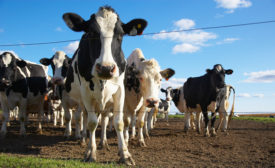Food Safety
Food Recalls—Are we Doing Better, or Worse?
According to the Food Allergen Research and Resource Program at the University of Nebraska, allergen recalls have been trending upwards for products regulated by both the FDA and the USDA.
March 7, 2016
Elevate your expertise in refrigerated and frozen foods with unparalleled insights and connections.
Get the latest industry updates tailored your way.
JOIN TODAY!Copyright ©2024. All Rights Reserved BNP Media.
Design, CMS, Hosting & Web Development :: ePublishing





